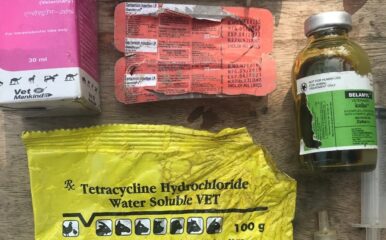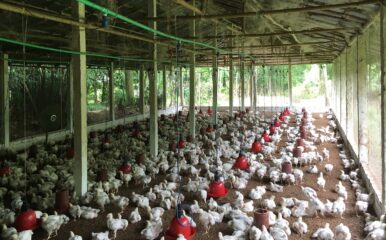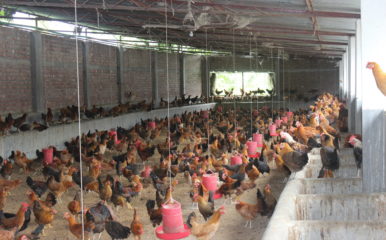
Taking stock in changing times
Published on 25/08/2022
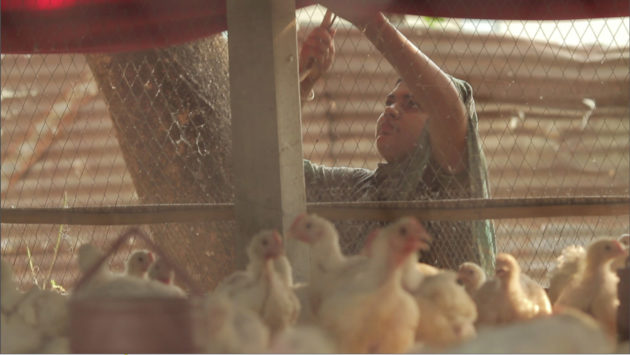
IFPRI/2010 CC BY-NC-ND 2.0
 This blog focuses on the ZOODLE word ‘STOCK’
This blog focuses on the ZOODLE word ‘STOCK’
Stock – or as more commonly known these days ‘livestock’ – are farm animals, domesticated animals raised in agricultural settings to provide traction and produce commodities such as meat, eggs, milk and wool.
Humans and domesticated animals have evolved in unison since we commenced sedentary agriculture 11,000 years ago. Livestock such as cattle and chickens were domesticated around 8,000 years ago and the multitude of breeds of each species that we see today are the result of human intervention.
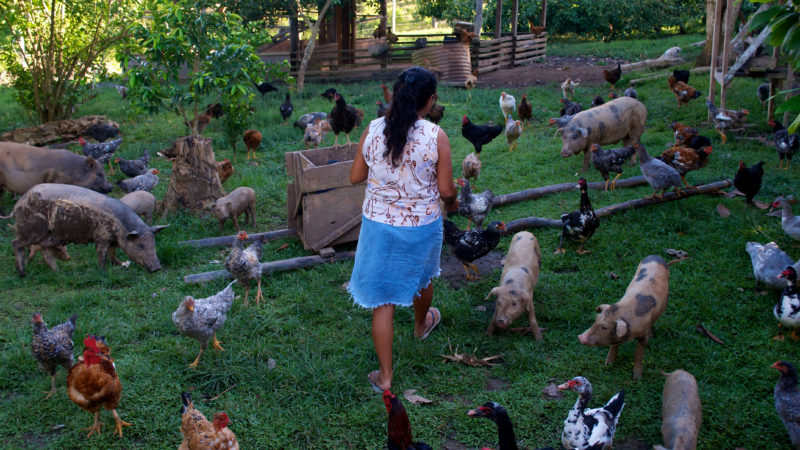
Globally, the livestock sector represents nearly 1 billion smallholder livestock producers in developing countries and contributes 40 per cent of agricultural GDP and from 2 to over 33 per cent of household incomes. Smallholder livestock production is largely based on family farming and is key to resource-poor rural people’s livelihoods, food security and employment creation.
Livestock as assets
Livestock provide food for household consumption, products for income generation and quick cash in instances of emergencies and external shocks, such as floods drought, disease and price volatility. Livestock are important assets that respond to the multiple needs of smallholders, providing a range of ‘services’ from manure to draught and hauling power, as well as the more obvious food provision — while also having a cultural and spiritual value.
Notably, poultry and small ruminants are generally managed by and provide direct benefits to women in many settings.
Commercial chickens
In terms of absolute numbers, the commercial chicken industry produces more head of livestock than any other livestock industry. In fact, the number of chickens worldwide has more than doubled since 1990. In 2020, there were some 33 billion chickens in the world, up from 14.3 billion chickens in 2000. Most of these commercial chickens are egg laying hens or broiler chickens that are raised under intensive conditions.
Chicken meat and eggs are an important source of high-quality protein and bioavailable micronutrients that are especially important to mothers and their growing children.
Livestock and disease
However, the rapid growth in intensive chicken production systems since the 1950s has both driven and been impacted by infectious disease. This is as a consequence of:
- selective breeding leading to much greater genetic homogeneity in flocks,
- high-density rearing (‘intensification’), and
- rapid movement of birds (and ) along poultry farm-to-consumer networks.
Food safety issues including microbial and chemical contamination remain a significant challenge in most countries. Furthermore, the unprecedented growth of the intensive chicken industry has contributed to the emergence of new and more virulent diseases such as high pathogenicity avian influenza.
The large-scale production of feed ingredients for the intensive poultry industry is also contributing to deforestation and soil loss as farmers seek new land for crop production.
Interdisciplinary research
One of the major challenges facing our world in the 21st century is how to sustainably nourish a growing human population and our domestic animals while simultaneously ensuring a healthy environment. It is for this reason, that interdisciplinary research is vital to explore key issues relating to nutrition security, food safety and sustainable production systems.
The One Health Poultry Hub has a particular focus on zoonotic diseases, including avian influenza and foodborne diseases such as campylobacteriosis and salmonellosis, and its research finding research findings are already contributing to positive policy and value chain action in participating countries.

